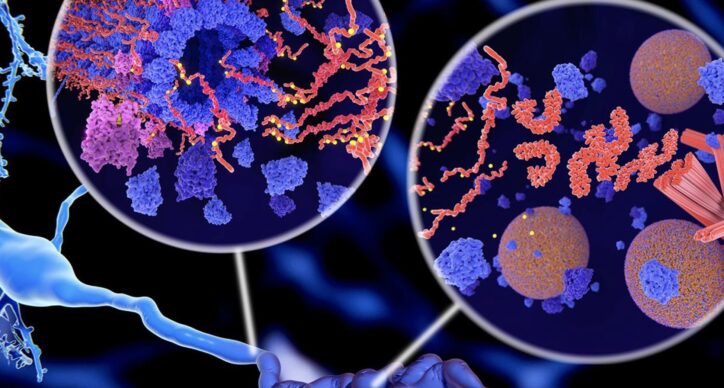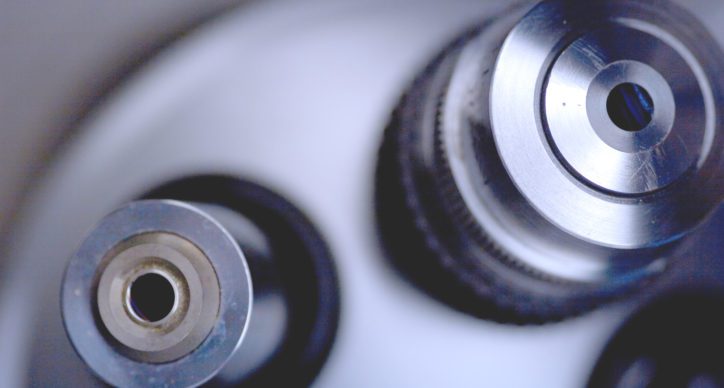In 2004, the founders of Cure Alzheimer’s Fund (CureAlz) embraced as a core tenet that the best way to accelerate potential therapies against Alzheimer’s disease (AD) would be to support fundamental proof-of-concept research into its causes. They recognized that established ideas and orthodox approaches could find funding within the traditional system, but that scientists with well-reasoned but unique or unconventional ideas regarding the contributing factors to Alzheimer’s disease struggled to obtain the funding necessary to test their hypotheses. A founding principle of Cure Alzheimer’s Fund is the sharing of information and collaboration among researchers who receive a grant from CureAlz. Through this cooperative effort, researchers benefit from the findings and input of others, accelerating the growth of knowledge. Our funded researchers actively engage across subdisciplines and institutions to build research partnerships and contribute significantly to a better understanding of Alzheimer’s disease.
Cure Alzheimer’s Fund historically has supported innovative research projects with grants at the $100,000 to $300,000 level that have the potential to add significant new understanding of Alzheimer’s pathology to the field. While CureAlz will continue to support these new high-risk, high-potential standalone efforts, advances in understanding Alzheimer’s disease have warranted larger-scale investigations within specific areas of the science. The consortia model provides for these initiatives with an expanded level of collaboration. This section provides a summary of each of our consortia:
- Alzheimer’s Disease Tau Consortium
- APOE Consortium
- Brain Entry & Exit Consortium
- Microbiome Consortium
- Neuroimmune Consortium








